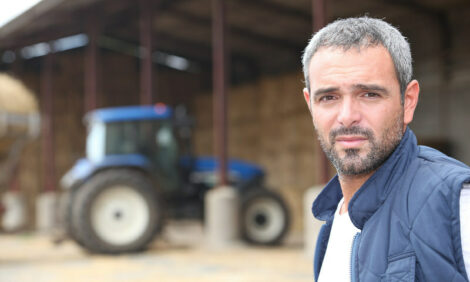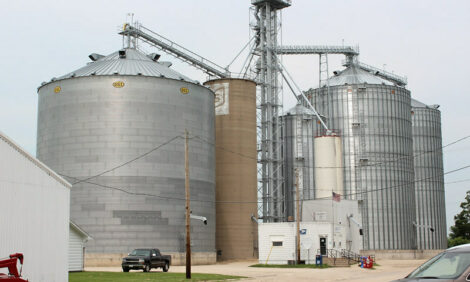



Sow group housing update
Group housing for sows remained a popular topic at this year’s World Pork Expo. Hog Slat’s sales director, Fritz Richards, outlines his recommendations for stanchions.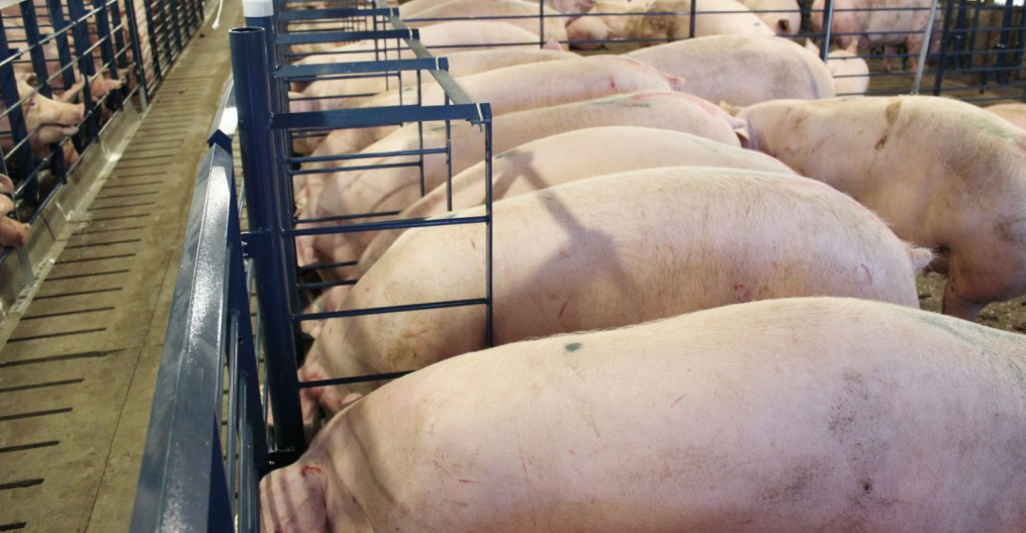
What is the most common question asked about stanchions?
Probably the most common question is whether to use a solid or open style stanchion. We have not seen any difference in performance or sows’ behavior whether the divider panel is solid or open. The advantages of an open rodded stanchion system are:
- Better ventilation due to not blocking air movement with a solid panel.
- Improved visibility of workers to observe sows
- Lower cost
- Longer life of equipment
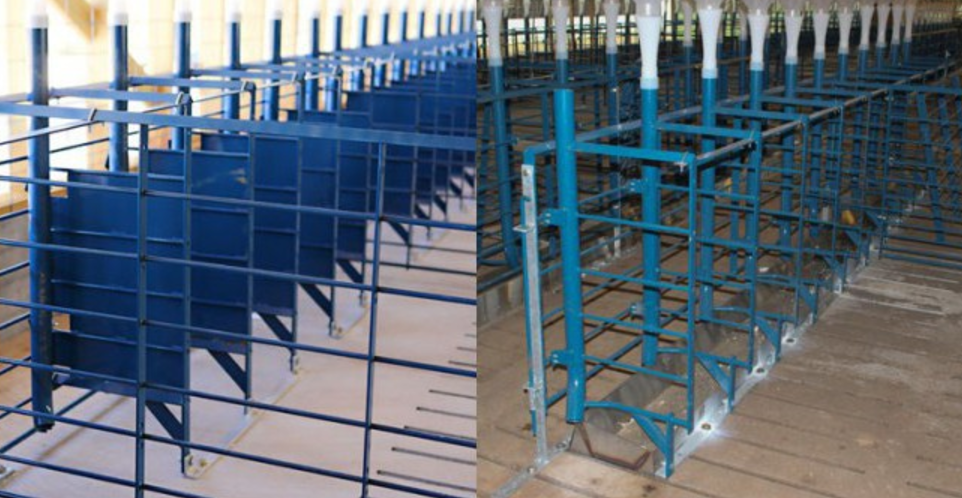
We also have not observed less fighting or movement at feeding time if the divider is solid. All of our knowledge has come from working with our customers around the world where we have supplied stanchion equipment for over 750,000 sow places.
What do you recommend for the length and width of the stanchion?
Most of the systems we have installed use an 18″ to 22″ wide stall with a 19″ long divider to protect the sow’s shoulder and head during feeding.
Several years ago we experimented with different lengths of dividers and found there really wasn’t much difference in sow behavior until we reached 36″ in length. What we did notice is that when we increased the stall length to 48″ the sows started using the stalls as a resting area instead of just using them at feeding.
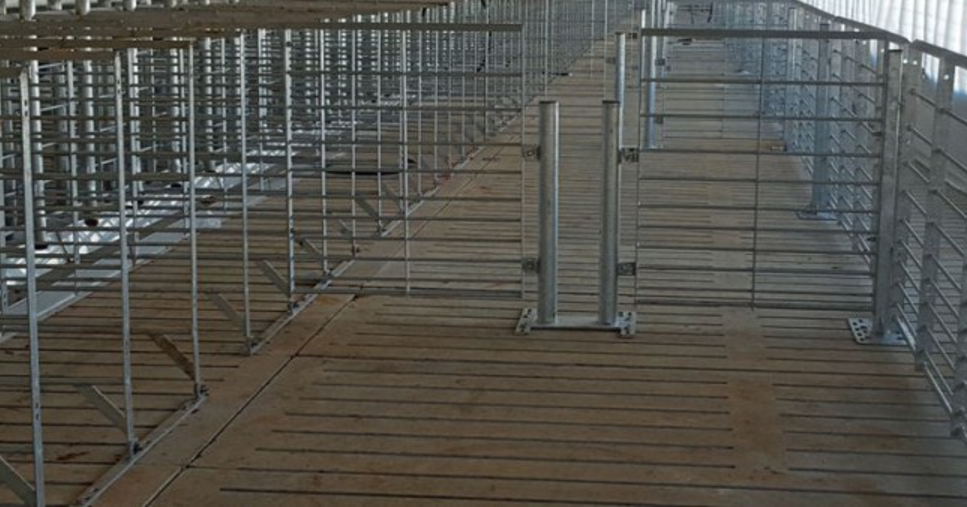
The longer stalls allowed the more timid sows in the pen a “safe haven” where they could go to get away from the more aggressive animals. But at the same time, their movement isn’t restricted, and they can freely go in and out of the stall.
Does anything else change when the divider is lengthened?
Yes, we also spread the width out to 23″-24”. Since the stanchion was also being utilized as a resting area, we needed to provide the sows enough room to lie comfortably. Also, the pen size increased because it was necessary to allow at least seven feet between the end of the stanchion and the rear pen panel. This width avoids having a boss sow from lying across the pen and preventing the other sows from moving around freely.
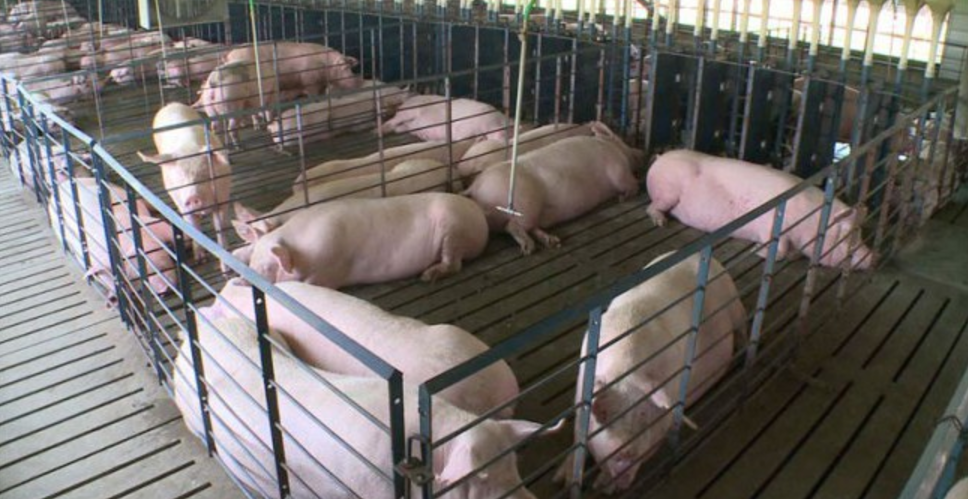
What is the optimum number of head per pen?
In the beginning, we started with large pens, 50+ head, but we quickly discovered that the optimum number is 8-12 head per pen.
Stanchions continue to be the most a popular choice for many producers as they have proven to be consistent and reliable. This system adapts well to existing layouts for remodeling, there are no electronic systems to manage, and requires little additional training for the animals or caretakers.







